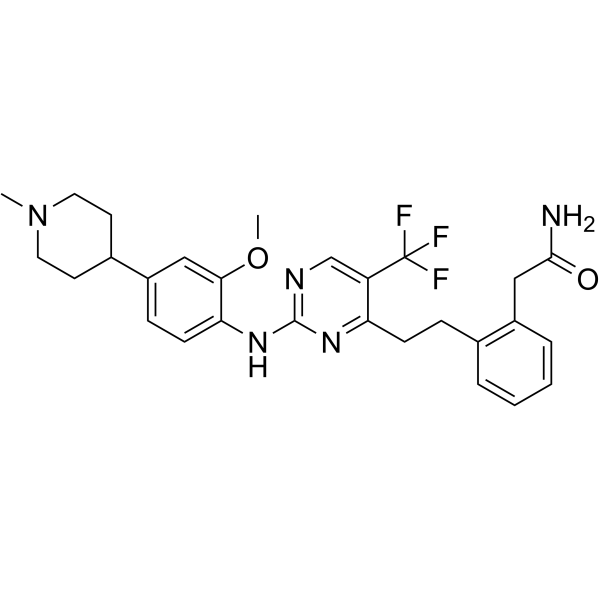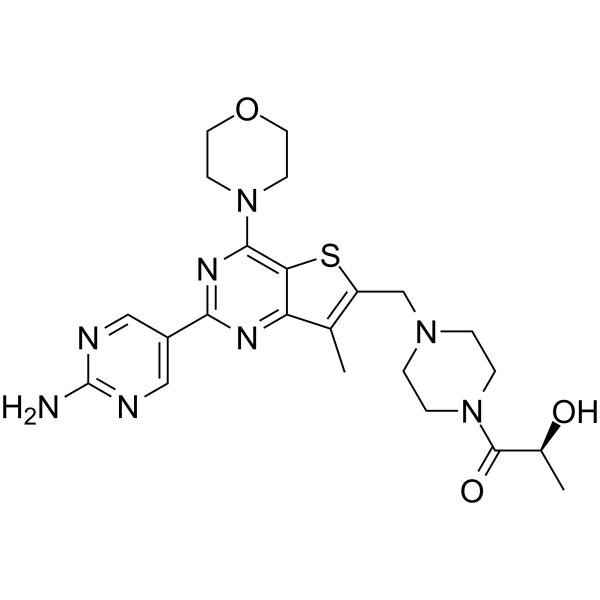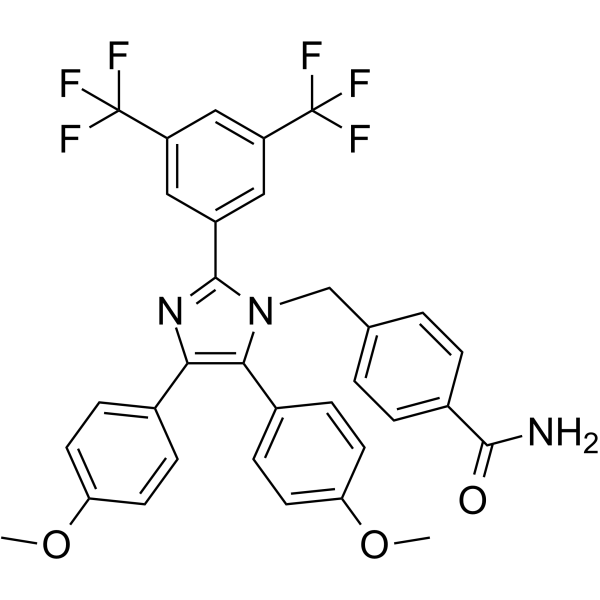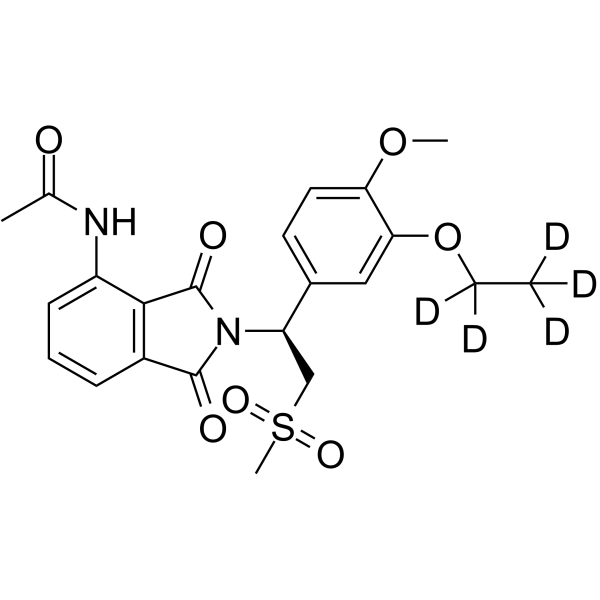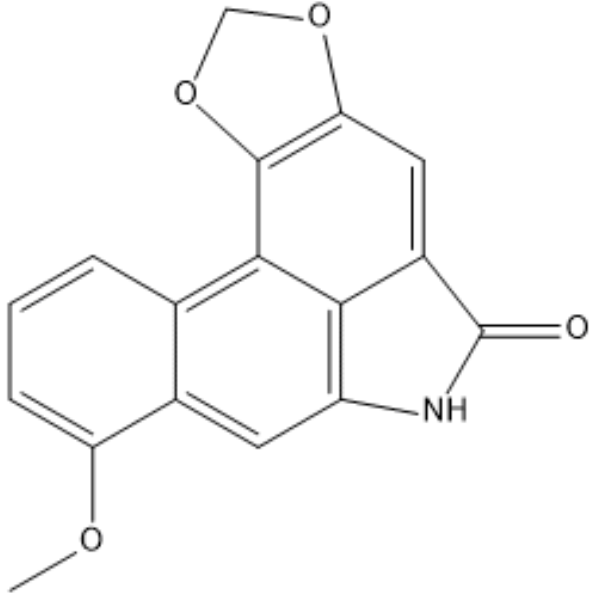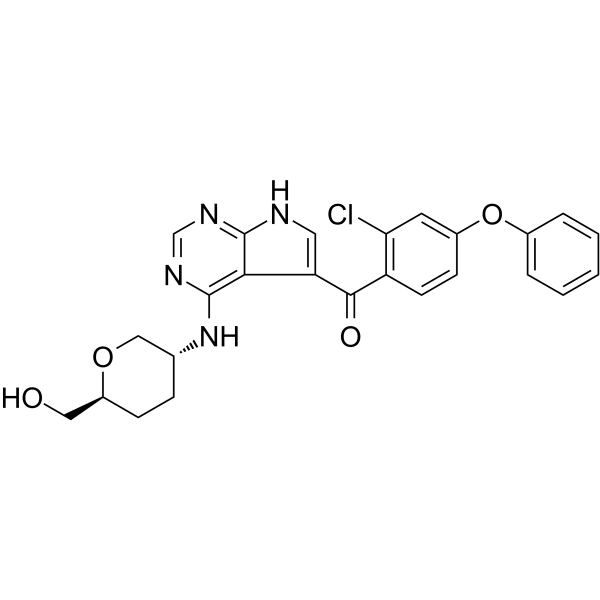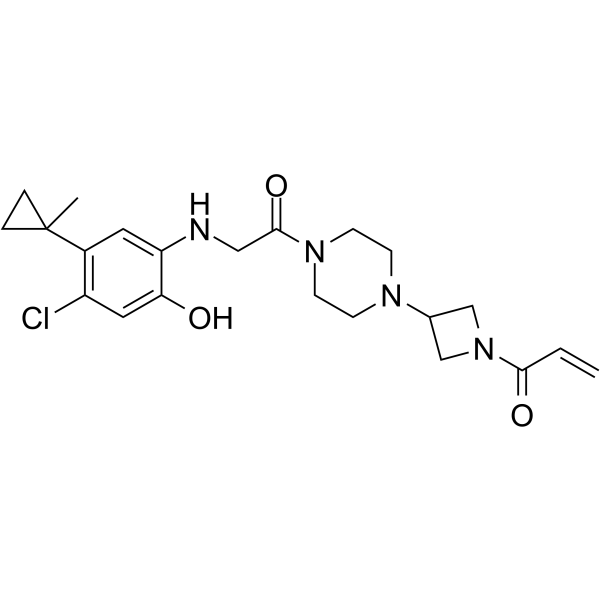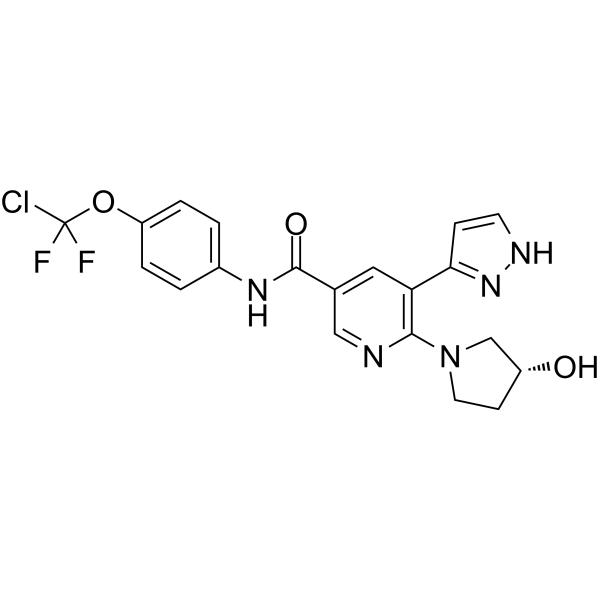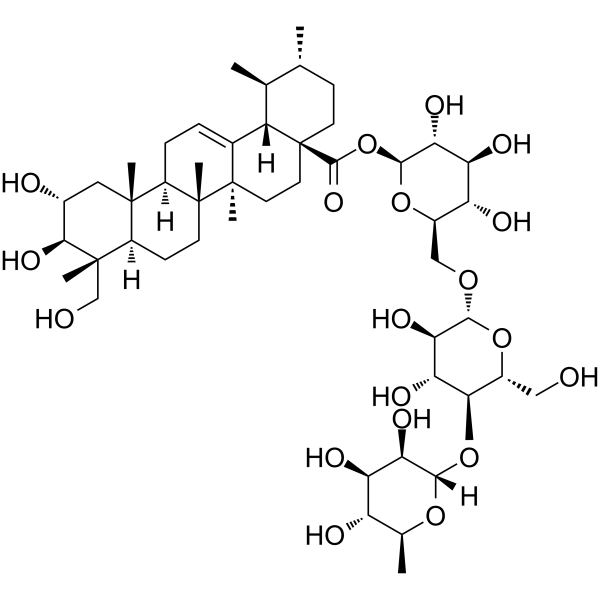|
BP10520
|
AM-8735
|
|
|
|
|
AM-8735 is an inhibitor of MDM2 ( IC50: 25 nM).
|
|
BP10987
|
Amarogentin
|
|
|
|
|
Amarogentin is mainly extracted from Swertia and Gentiana roots. It plays cemopreventive/therapeutic role during liver carcinogenesis through modulation of cell cycle and apoptosis
|
|
BP10679
|
Amentoflavone
|
|
|
|
|
Amentoflavone, as a potent inhibitor of CYP3A4 and CYP2C9, can interact with many other medications. CYP3A4 and CYP2C9 are proteins used for drug metabolism in the body. Amentoflavone also is an inhibitor of human cathepsin B. It has antimalarial activity in trials significant affinities towards the Delta-1, kappa opioid receptors (as an antagonist) and binds to benzodiazepine receptors. Amentoflavone may be a potential lead for a new type of anti-inflammatory agents having the dual inhibitory activity of group II phospholipase A2 and cyclooxygenase. Amentoflavone and quercetin differentially exerted suppression of PGE2 biosynthesis via downregulation of COX-2/iNOS expression.
|
|
BP10470
|
AMG 925
|
|
|
|
|
AMG 925 is a potent and orally bioavailable dual FLT3/CDK4 inhibitor with IC50 of 1 nM and 3 nM, respectively.
|
|
BP10573
|
Amifostine thiol dihydrochloride
|
|
|
|
|
WR-1065 dihydrochloride can activate p53 through a JNK-dependent signaling pathway. It also protects normal tissues from the toxic effects of certain cancer drugs.
|
|
BP10932
|
Amiloride hydrochloride
|
|
|
|
|
Amiloride hydrochloride is an effective sodium channel blocker of epithelial.
|
|
BP10763
|
Amiloride hydrochloride dihydrate
|
|
|
|
|
Amiloride hydrochloride is a pyrazine compound inhibiting SODIUM reabsorption through SODIUM CHANNELS in renal EPITHELIAL CELLS. This inhibition creates a negative potential in the luminal membranes of principal cells, located in the distal convoluted tubule and collecting duct. Negative potential reduces secretion of potassium and hydrogen ions. Amiloride is used in conjunction with DIURETICS to spare POTASSIUM loss.
|
|
BP10208
|
Ammonium iron(III) citrate
|
|
|
|
|
Ferric ammonium citrate is a biochemical.
|
|
BP10459
|
AMP-945
|
|
|
|
|
AMP-945 is a proprietary focal adhesion kinase (FAK) inhibitor.
|
|
BP10196
|
ANTHRAQUINONE-2-CARBOXYLIC ACID
|
|
|
|
|
Anthraquinone-2-carboxylic acid acts as a potent anti-inflammatory and antinociceptive component in vivo, thus contributing to the immune regulatory role of fruits and herbs.
|
|
BP10052
|
Apitolisib
|
|
|
|
|
Apitolisib, an effective, class I PI3K inhibitor for PI3Kα(IC50=5 nM), PI3Kβ(IC50=27 nM), PI3Kδ(IC50=7 nM), PI3Kγ (IC50=14 nM), is used in trials study of solid cancers, breast cancer, prostate cancer, renal cell carcinoma, and endometrial carcinoma, among others.
|
|
BP10086
|
Apoptozole
|
|
|
|
|
Apoptozole is an inhibitor of the ATPase domain of Hsc70 and Hsp70, and can induce apoptosis.
|
|
BP10312
|
Apremilast-d5
|
|
|
|
|
Apremilast D5 (CC-10004 D5) is a deuterium-labeled Apremilast. Apremilast is an orally available inhibitor of PDE-4 (IC50: 74 nM). Apremilast inhibits TNF-α release by lipopolysaccharide (IC50: 104 nM).
|
|
BP10392
|
Aristolactam I
|
|
|
|
|
1. Aristololactam I has cytotoxic potency, mediated through the induction of apoptosis in a caspase 3-dependent pathway. 2. The effects of Aristololactam I may be mediated by different mechanisms except TGF-beta1 pathway. 3. Aristololactam I may be one of toxic metabolites in Chinese herbs containing AA which participate in renal damage and fibrosis.
|
|
BP10977
|
ARQ 531
|
|
|
|
|
ARQ-531 is a potent and orally active BTK inhibitor with potential antineoplastic activity, with IC50s of 0.85 nM and 0.39 nM for WT-BTK and C481S-BTK, respectively.
|
|
BP10697
|
ARS-853
|
|
|
|
|
ARS-853 is an inhibitor of K-RASG12C(IC50 : 2.5 μM), a mutant form of K-RAS that accumulates in the active GTP-bound state in certain cancer cells
|
|
BP10963
|
Arteannuin M
|
|
|
|
|
Arteannuin has antimalarial activity. It can degrade the level of TNF-α in rats with ostarthritis,and effectively inhibit the inflammation.
|
|
BP10964
|
Arteannuin N
|
|
|
|
|
Arteannuin has antimalarial activity. It can degrade the level of TNF-α in rats with ostarthritis,and effectively inhibit the inflammation.
|
|
BP10593
|
Asciminib
|
|
|
|
|
Asciminib (ABL001) is a potent and selective Bcr-Abl inhibitor (Kd: 0.5–0.8nM).
|
|
BP10731
|
Asiaticoside
|
|
|
|
|
Asiaticoside (Madecassol) is the active chemical component of the plant Centella asiatica. Asiaticoside is used to study potential treatments for wounds and burns.
|
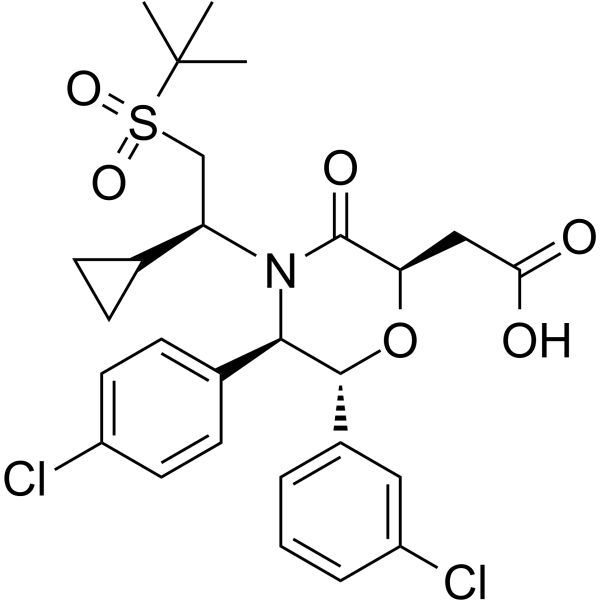
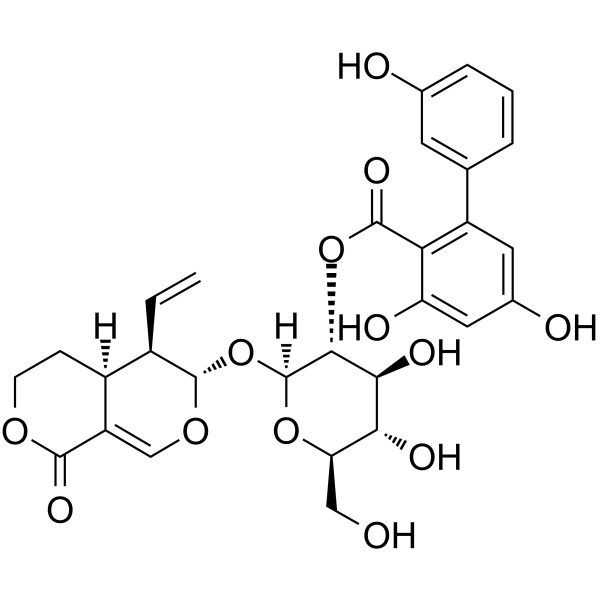
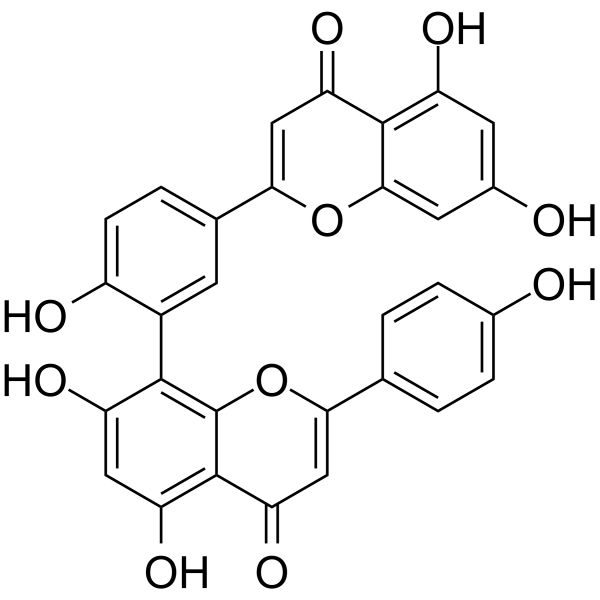
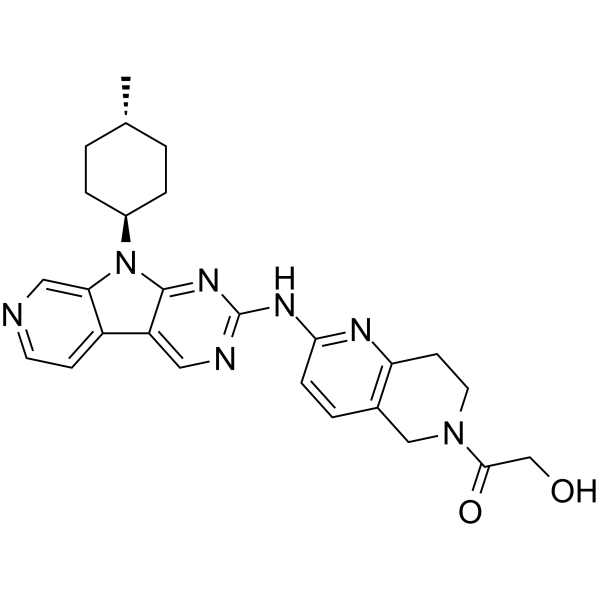
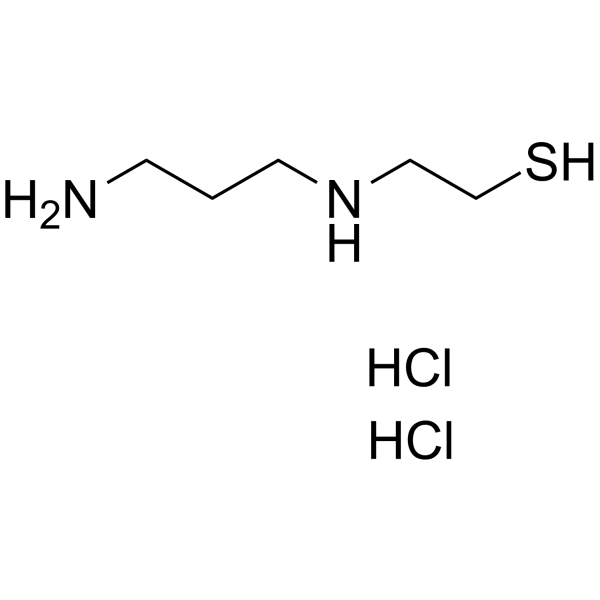
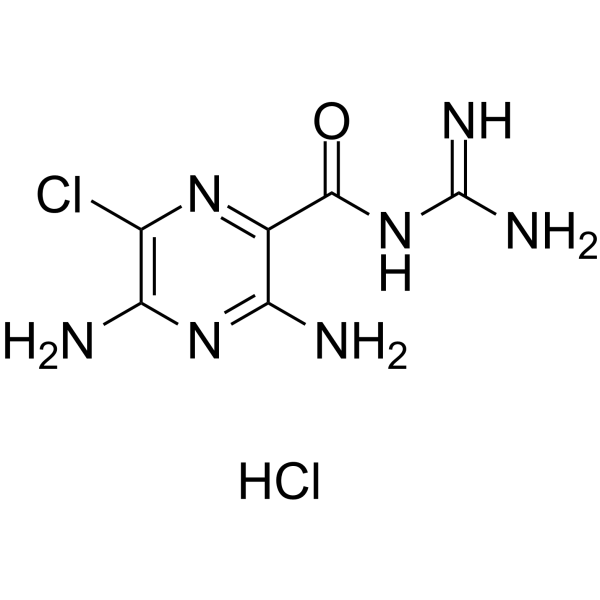
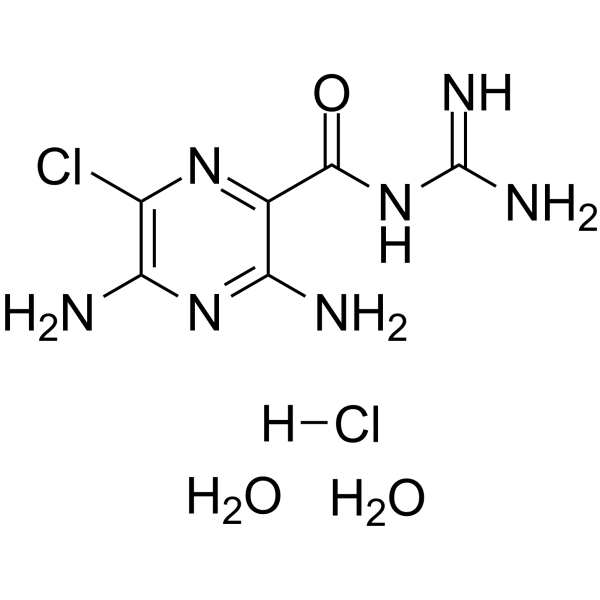
 citrate.gif)
